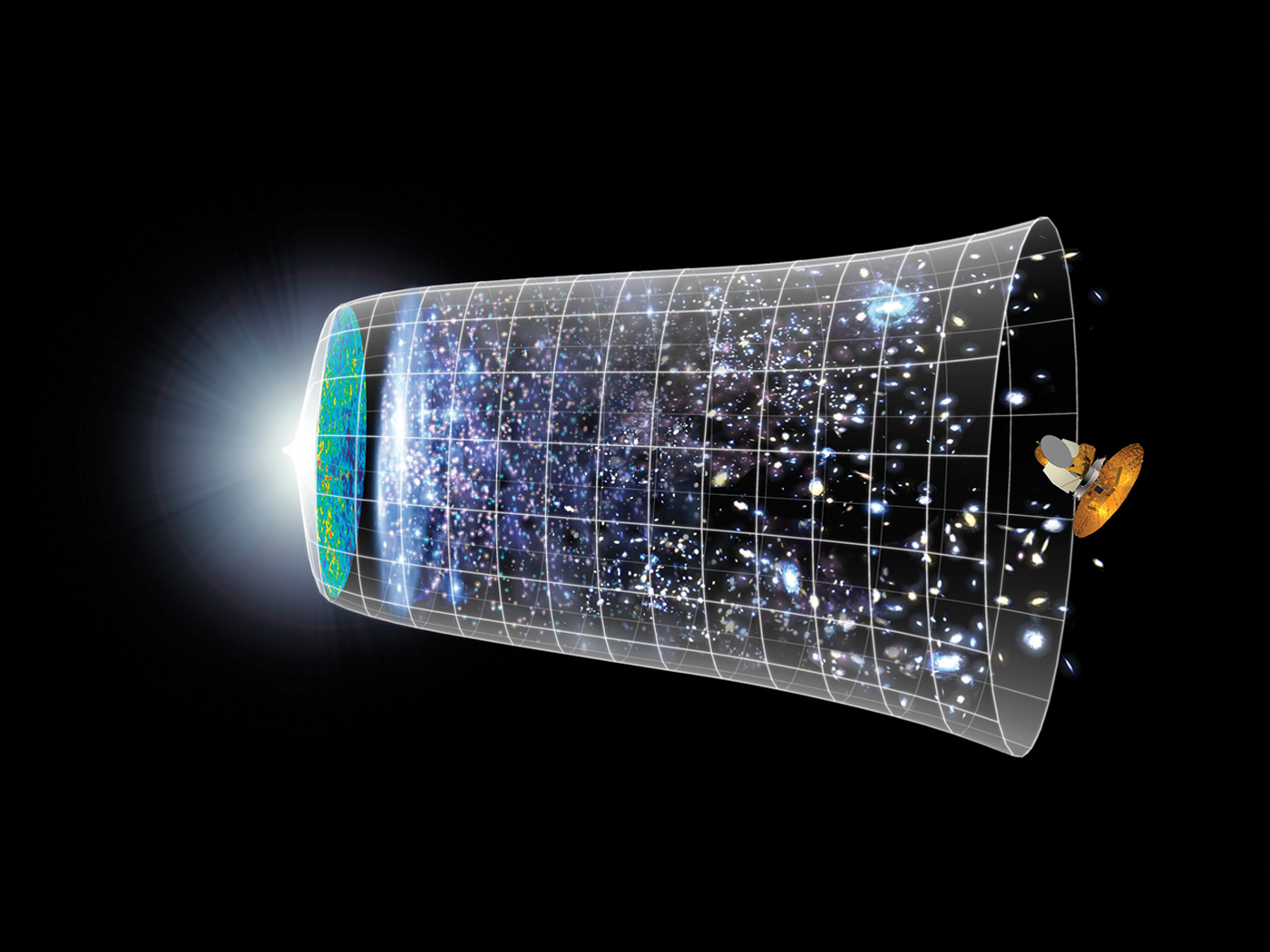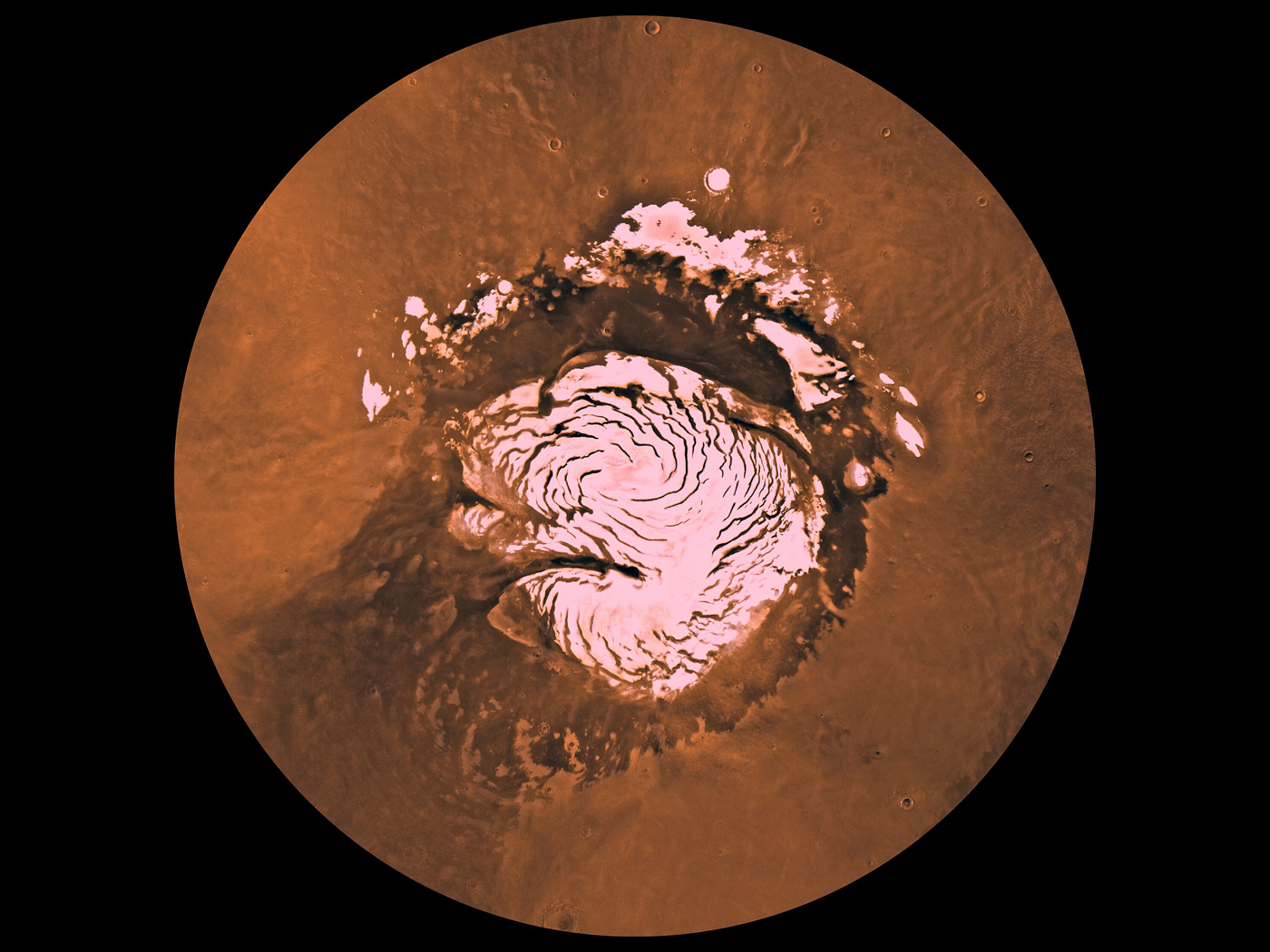Bacteria (prokaryotes) are ubiquitous. A fraction cause disease in people, animals, and plants, but the majority are the foundation for the global food web, the nitrogen cycle, soil formation, and are part of the critical microbiome (the collection of microorganisms living in or on people and animals).1
The innate or nonspecific immune system is our body’s first line of defense against disease-causing entities (pathogens). But like all organisms, even bacteria can fall prey to viral infections. The viruses that attack bacteria (and archaea) are called bacteriophages, or phages. Past research has shown that bacteria have the ability to fight off viral invaders. In fact, “dozens of new antiviral systems have been recently characterized in bacteria.”2
Recently, biologists have been investigating the archaea (a group of prokaryotes that are designed with unique properties that separate them from bacteria). A group of researchers said, “Here, we explore the diversity and distribution of defense systems in archaea and identify 2610 complete systems in Asgardarchaeota, a group of archaea related to eukaryotes.”2
An unscientific connection was attempted between the immune system of people and of microbes: “When you become infected with a virus, some of the first weapons your body deploys to fight it are those passed down to us from our microbial ancestors billions of years ago.”3 This is a classic example of mixing science and religion. The first part of the sentence can be validated by empirical research (immune system deployment), but the second part (our supposed ancestors) must be taken by faith.
Indeed, the Phys.org article stated in regard to immune system formation that “bacteria and archaea discovered tools that worked.”3 Such a strange statement is not science, of course. It’s animating and giving conscious abilities to bacteria to locate or detect devices that work. The bacteria and archaea didn’t “discover” anything; the weapons were created with these amazing tools in place thousands of years ago.
Evolution theory states that it appears the eukaryotes emerged from the Asgard (archaea), as well as two significant immune system proteins: “viperins and argonautes, two proteins that are known to play important roles in the immune systems of all complex life—from insects to plants to humans [eukaryotes] —[that] came from the Asgard archaea.”3 Two evolutionists stated, “Nearly every cell in the human body contains a set of programmable gene-silencing proteins named Argonaute.”4
No one would doubt, due to excellent research, that viperins and argonautes are important when it comes to immune system function. Their function is as amazing as it is efficient.
When viperins detect foreign DNA, which might indicate a dangerous virus, they edit the DNA so that the cell can no longer make copies of the DNA, which stops the virus from spreading. When argonautes detect foreign DNA, they chop it up, also halting the virus. Additionally, in more complex organisms, argonautes can block the virus from making proteins in a process called RNA silencing.3
But were viperins and argonautes created, or did they arise by pure chance and deep time?
Evolutionists take a big step and state that argonautes and viperins “came from the Asgard archaea.”3 Their reasoning is that “Asgard viperin and argonaute proteins have structural homology [comparative similarities] to eukaryotic proteins, and phylogenetic analyses suggest that eukaryotic viperin proteins were derived from Asgard viperins [emphasis added].”2 But homology is a circular evolutionary concept: “In even today’s best scientific journals, the treatment is unchanged. Thus, common ancestry is the explanation for common attributes and common attributes are the evidence of common ancestry.”5 Even two evolutionists stated in their Dictionary of Biology that homology was “a controversial term.”6
Sophisticated antiviral systems have been found in creatures including bacteria, superphylum Asgardarchaeota (asgard archaea), and eukaryotes. All have several thousand clearly created defense systems. Two complex immune system proteins, viperins and argonautes, are effective in the destruction of foreign DNA. Truly, the design of defense systems throughout the living world is “clearly seen.”7
References
- Guliuzza, R. and F. Sherwin. 2016. Design Analysis Suggests That Our “Immune” System Is Better Understood as a Microbe Interface System. Creation Research Society Quarterly. 53 (2): 123–139.
- Leao, P., et al. 2024. Asgard Archaea Defense Systems and Their Roles in the Origin of Eukaryotic Immunity. Nature Communications. 15, article 6386.
- University of Texas. Ancient Microbes Linked to Evolution of Human Immune Proteins. Phys.org. Posted on phys.org August 21, 2024.
- Sheu-Gruttadauria, J. and I. MacRae. 2017. Structural Foundations of RNA Silencing by Argonaute. Journal of Molecular Biology. 429 (17): 2619–2639.
- Guliuzza, R. 2010. Similar Features Show Design, Not Universal Common Descent. Acts & Facts. 39 (10): 10–11.
- Thain, M. and M. Hickman. 2004. Dictionary of Biology. New York, NY: Penguin Books, 353.
- Romans 1:20.
* Dr. Sherwin is a news writer at the Institute for Creation Research. He earned an M.A. in invertebrate zoology from the University of Northern Colorado and received an Honorary Doctorate of Science from Pensacola Christian College.




















